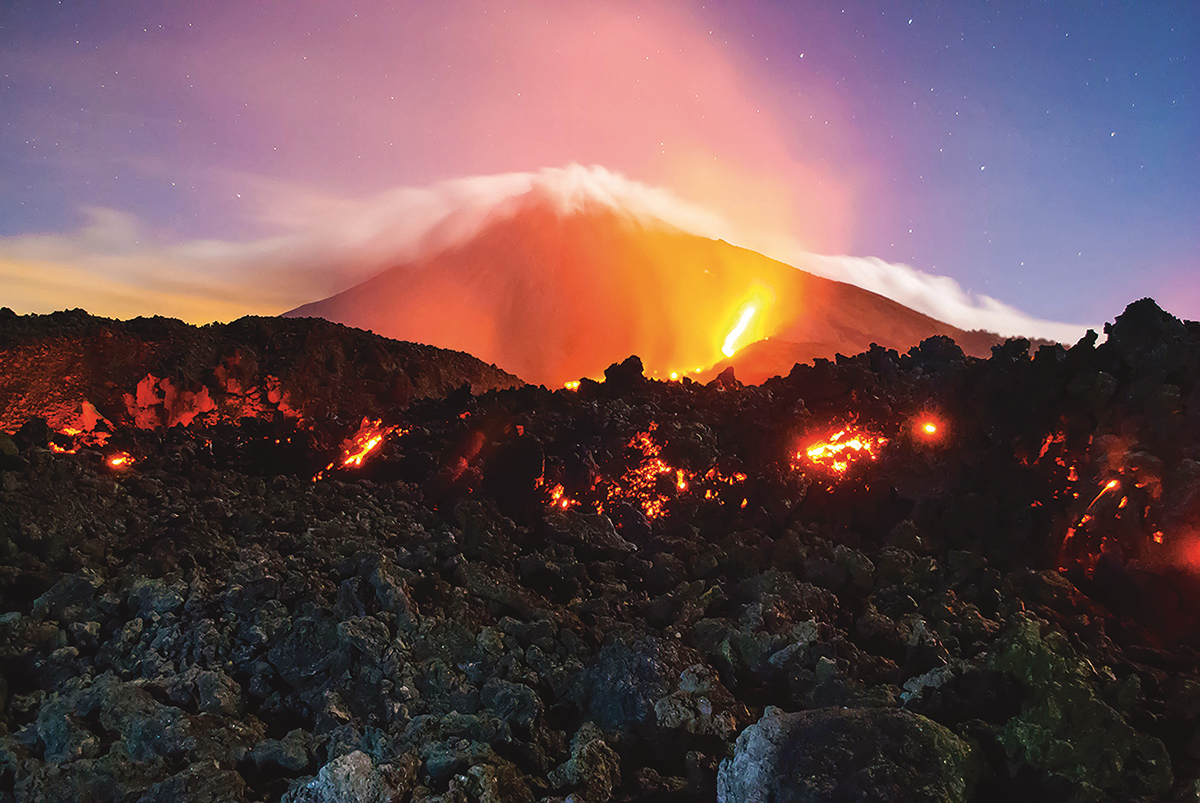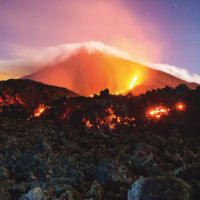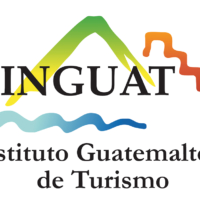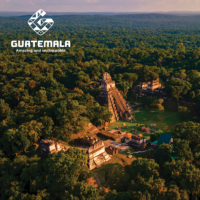Guatemala offers experiences that no other land can match. Now the country’s tourism authorities are working on an ambitious project to develop the industry’s capacity to surprise and captivate more visitors than ever before while taking extreme care to protect and nurture the cultural and natural resources that make Guatemala so unique.
Guatemala’s history is still living and breathing: 3,000 years of culture can be witnessed through the 22 different Mayan ethnic groups that make up half the country’s population. Add to this Garifuna culture — people of mixed free African and indigenous American ancestry — plus the Xinca culture and Spanish-ladina heritage, and a fascinating tapestry of historic interweaving emerges in front of our eyes.
“We have a country with more than 3,000 years of cultural wealth, which is something you won’t see in any other country,” says the General Director of INGUAT (Guatemala’s tourism institute) Anayansy Rodriguez.

“You can go to an archaeological site anywhere in the world, but at our sites you can still see Mayan ceremonies with people paying homage to their ancestors or other types of celebrations to offer blessings and even weddings. It’s living culture,” Rodriguez adds.
This “megadiversity” extends beyond the cultural sphere; Guatemala’s biodiversity is spectacular, with 360 microclimates allowing for a profusion of flora and fauna that even much larger countries struggle to match. Just a few hours from Pacific beaches where temperatures reach 40 degrees Celsius, visitors can scale the cool heights of the Cuchumatanes mountain range reaching up to 3,800 meters in altitude. Of Guatemala’s 37 volcanoes, four remain active.
Such a range of human and natural expression is reflected by Guatemala’s gastronomy, in which local chefs increasingly seek to fuse the country’s many cultural influences — including ingredients and techniques from Mayan heritage — with international flavors. In 2022, two Guatemala City restaurants — Sublime, which takes inspiration from pre-Columbian cuisine, and the more contemporary-focused Diaca — entered Latin America’s “50 Best” list in a first for the country.
As well as its indigenous heritage, Guatemala also boasts a burgeoning cultural scene with a more international outlook. Since 1978, Guatemala has organized the prestigious Arte Paiz art biennale, which showcases national and international artists in a context of global dialogue.
The big draw for many, however, will always be Guatemala’s incredible wealth of historical and archaeological treasures. Antigua Guatemala, the remains of the old Spanish capital, Tikal National Park with its Mayan temples and palaces dating back to the sixth century B.C., and the Archaeological Park and Ruins of Quirigua are all UNESCO World Heritage Sites.
Beyond these much-celebrated destinations, however, there is so much more history to explore. A recent study concluded that there are more than 6,000 archaeological sites in the region of Peten alone. The visitor who spends more time in Guatemala will be richly rewarded, notes Rodriguez, especially as many of the Mayan treasures are so closely entwined with the landscape and the jungle canopy.
As an example, she mentions El Mirador, an archaeological site located in the far north of the country, almost on the border with Mexico. “There you will find La Danta, the largest pyramid in the world by volume. You are walking up and you think you are climbing a mountain, but in fact you are going up the pyramid.”
Guatemala brings together in one country dazzling archeological heritage, natural splendor and great beaches — Pacific and Caribbean — effectively covering the three main bases in terms of what tourists look for in the Caribbean and Mesoamerican regions. INGUAT’s mission is to make this unique package more accessible.
INGUAT understands that raising Guatemala’s competitiveness in the regional tourism market will require a step forward in terms of infrastructure capacity. The plan is to attract more foreign investment to boost connectivity, both in terms of enabling the arrival of greater numbers of visitors by air and facilitating mobility within the country to bring more destinations within reach of commercial tourism. TAG Airlines, Guatemala’s flag carrier, recently signed an agreement with Spain’s Iberia to improve international connectivity.
INGUAT highlights cooperation between the authorities and the private sector in popular venues such as Tikal and Lake Atitlan, a spectacular location around 87 kilometers from Antigua Guatemala, to improve connectivity and boost tourism capacity. The tourism institute is working with the Adventure Tourism Association, Guatemala’s Chamber of Tourism and the association that brings together the concessionaires in charge of the protected areas in the north of the country to explore new and sustainable paths to develop the sector.
Coffee tourism is one area being explored. INGUAT works closely with the ANACAFE association of coffee exporters, and together they have launched an organic coffee route in the Atitlan region, where growers raise their crop on the volcanic hills overlooking the lake.
The Guatemalan government last year unveiled the Guatemala Country Brand strategy, which defines its own identity in international markets based on three dimensions: tourism, exports and foreign direct investment. The objective is to unleash the tourism sector’s natural potential, especially with more international visitors — currently, 74% of the industry’s business comes from domestic tourists. The sector has responded quickly to the hiatus caused by the COVID-19 pandemic and expects 2.3 million international visitors in 2023, equivalent to 90% of pre-pandemic levels.
“We want Guatemala to be recognized as the main cultural and megadiverse destination in the region, for visitors to be surprised by the beauty and magic of our cultural and natural heritage, improving the position in the tourism competitiveness index,” says Rodriguez.
But all growth must be sustainable, paramount in a country where 30% of the land is protected, and out of respect for the indigenous communities that represent Guatemala’s intrinsic soul. INGUAT has developed a system of quality certification together with the private sector, encouraging companies to implement sustainability measures to increase competitiveness at the national level. Archaeological sites, ecological reserves and all tourism services such as hotels and restaurants can gain the Q certification. Inclusivity is one of the requirements to be certified, and catering to visitors with disabilities is a key focus of the program.
Measuring the impact of tourism is essential to ensure that the approach in a given area is sustainable. The Antigua Guatemala Sustainable Tourism Observatory provides a model for the rest of the country, and is registered with the World Tourism Organization’s International Network of Sustainable Tourism Observatories.
“Obviously, we have many challenges to face. But we also have a lot of values deeply set in our roots that are worth making known to the world, not only Guatemalan kindness and hospitality, but also all of this cultural and natural wealth,” concludes Rodriguez. Her sentiment honors the current tagline for the country’s tourism sector: Guatemala, amazing and unstoppable.
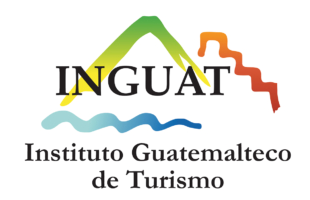
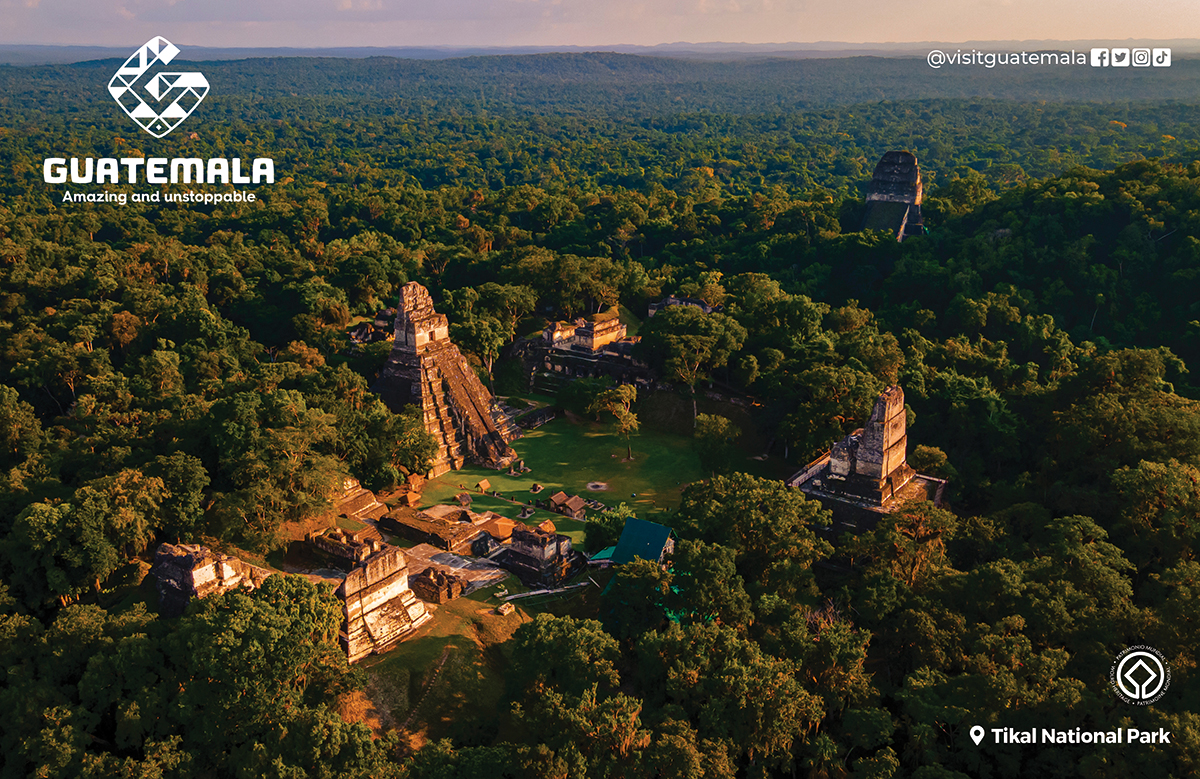
https://www.facebook.com/VisitGuatemala/
https://twitter.com/VisitGuatemala
https://www.instagram.com/visitguatemala_/
https://www.tiktok.com/@visitguatemala__



